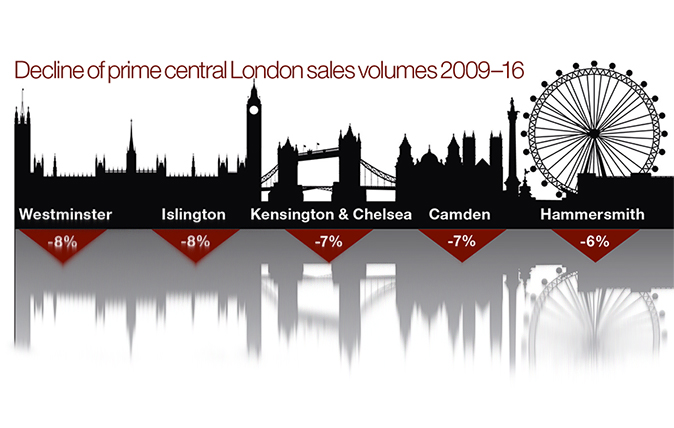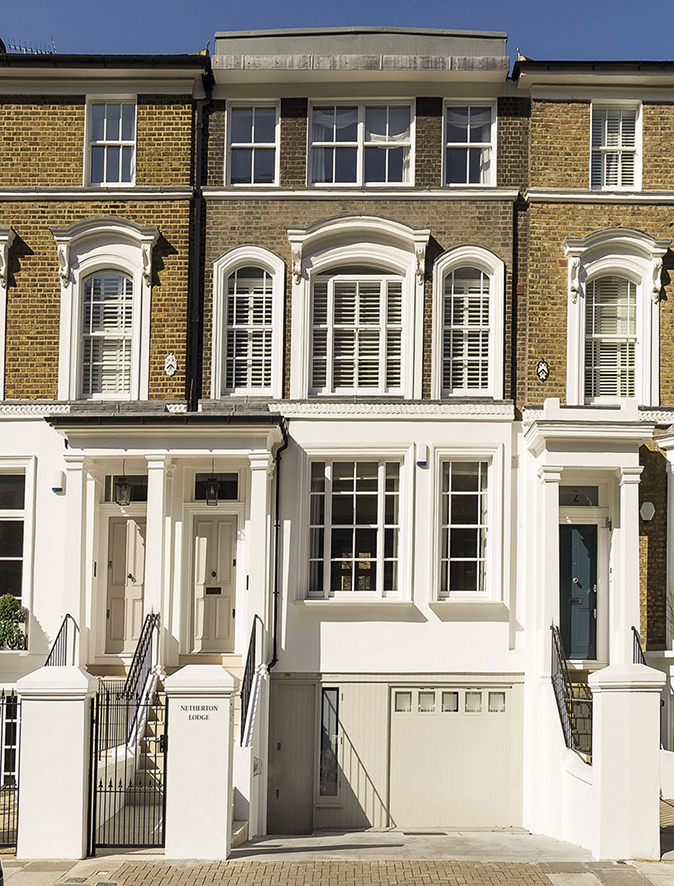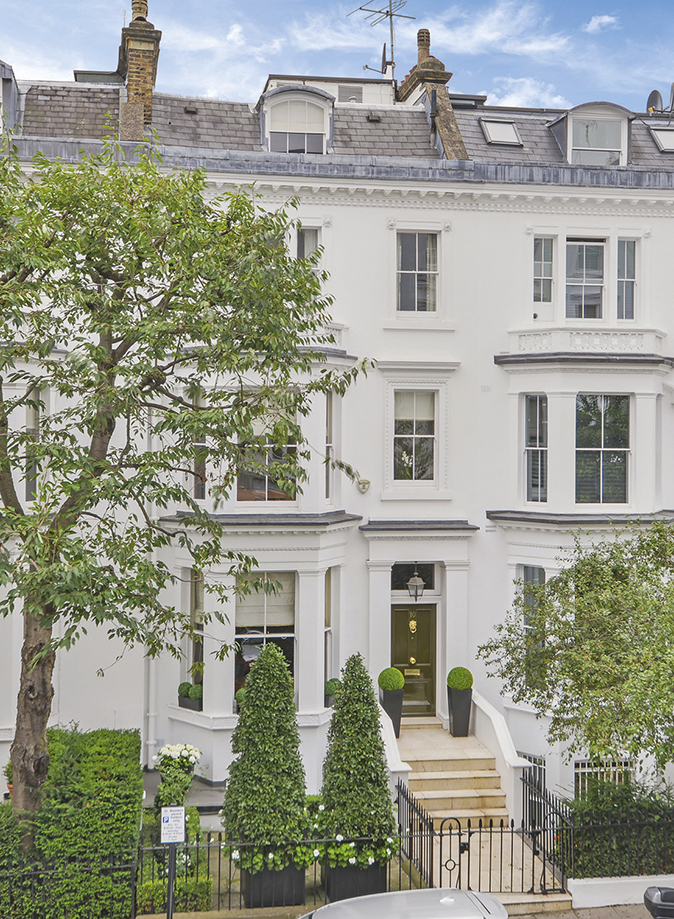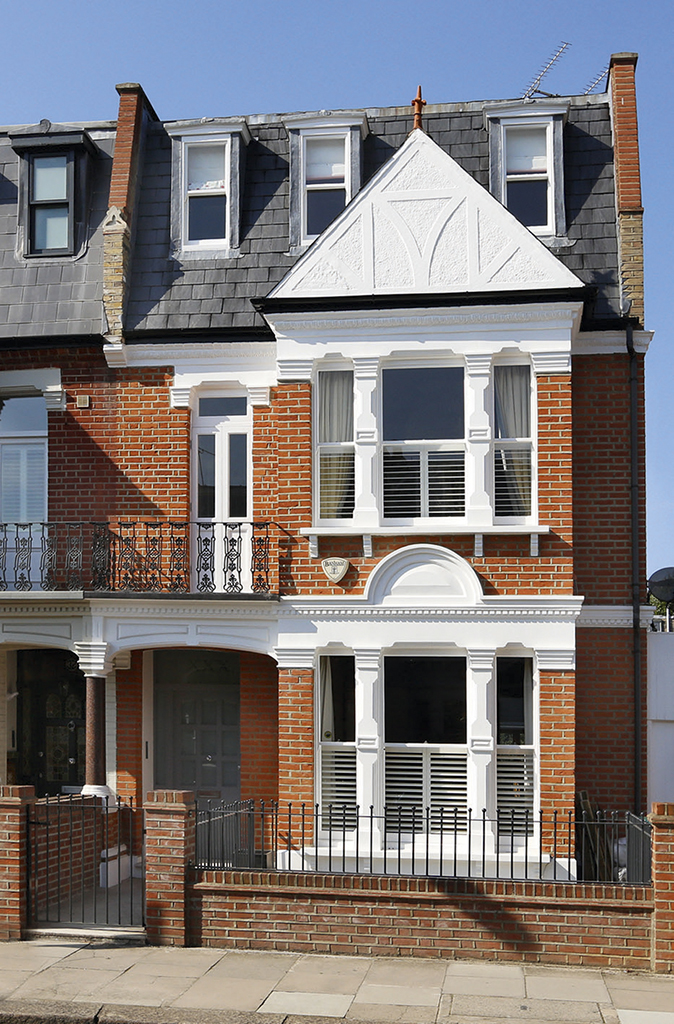Market report: London's winners and losers
Political and financial uncertainty may be good or bad news for London property, depending on the postcode.


Echoing Harold Macmillan’s alleged reply of ‘events, dear boy, events’ when asked what factors were most likely to blow his government off course, the recent slowdown in the prime central London property market can be squarely attributed to a series of politically driven initiatives. These include the threat of a mansion tax back in 2014, followed by the independence referendum in Scotland, two significant hikes in Stamp Duty Land Tax (SDLT), the General Election in 2015 and, most recently, Brexit.
All of these factors no doubt helped to intensify the feeling of unease that has permeated the top end of the London residential property market in the past two years, but, as far as leading estate agents are concerned, the real villains of the piece have been those punitive SDLT increases imposed by George Osborne—first of all in December 2014, then again in April this year, when an additional 3% was levied on buy-to-let properties and sales of second homes.

As a result, Savills say, sales of properties valued at more than £10 million have fallen by 10.4% since September 2014; by 8.1% for those in the £5m to £10m price bracket; 3.4% for those priced between £2m and £3m; and a marginal 0.3% for properties priced between £1m and £2m. On the other hand, properties priced between £500,000 and £1m—the sector most favoured by the new SDLT regime—showed an increase in sales of 3.7%.
Knight Frank’s latest London Residential Review highlights the importance of the prime London housing market as a vital building block for a stronger UK economy, particularly in view of the economic and political uncertainty caused by Britain’s vote to leave the European Union. The report underlines the fact that 11% of all SDLT revenue in England and Wales is collected in the two London boroughs of Kensington & Chelsea and Westminster and maintains that the Government increasingly relies on London for this revenue, an overall figure that now exceeds £6 billion a year.
Crucially, it makes the point that although ‘London’s SDLT contribution rose to 44.6% in the year to March 2016—from 41.5% a year earlier —London only accounted for 12.3% of transactions, down from 12.7% the previous year. The picture emerging is one of growing fiscal reliance on areas where transactions are shrinking at the steepest rate’.
The volume of transactions in the key areas of Westminster, Camden, Islington, Kensington & Chelsea and Hammersmith & Fulham all fell by an average of more than 5% per year over the five-year period to March 2016 (Fig 1)—the first time a decline of this magnitude has been registered in this many London boroughs since Land Registry records began, in 1995. Having made it a priority to tackle Britain’s ‘housing deficit’, can Prime Minister Theresa May really afford to kill off London’s golden geese?

But it’s not all doom and gloom in London’s golden postcodes, insists Charlie Willis, who heads up Strutt & Parker’s London residential team. ‘The main stumbling block at the moment is the high cost of moving,’ Mr Willis explains. ‘No matter how wealthy they are, people hate wasting money and many homeowners who need more space are currently investing in their existing property, rather than gifting hundreds of thousands of pounds to the Treasury, for which they get nothing in return. In fact, it’s rumoured that the owners of at least 10 houses in Clabon Mews, SW1— one of Knightsbridge’s smartest addresses—have applied for planning consent for basement extensions.’
Sign up for the Country Life Newsletter
Exquisite houses, the beauty of Nature, and how to get the most from your life, straight to your inbox.
He continues: ‘After a year and a half of strong headwinds in the prime central London market, there’s a lot of good property to choose from and, with plenty of fresh stock coming this autumn, buyers who have been searching for some time will be able to compare new and old in what is now a buyer’s market. It could be a great time to make offers on the older stock and get a good deal, but be sure to do your homework on the vendor first. Not everyone needs to sell this side of Christmas, but others might be keen to negotiate on price in order to move quickly.’

Mr Willis expects overseas investors and British expats, for whom the devaluation of sterling represents an automatic discount on the price of a London home, to be the main drivers of the market this autumn. That view is amply supported by the recent announcement from the Malaysia-backed Battersea Power Station Development Company that Apple has signed up for 500,000sq ft of office space in the new complex, where 85% of the first tranche of new homes—at prices ranging from £338,000 to £10m— has already sold.
New developments have also proved to be winners in Mayfair, the only area in the boroughs of Westminster and Kensington & Chelsea that hasn’t experienced negative annual growth since the financial crisis, points out Jonathan Hough of Knight Frank’s Mayfair office. In the year to April 2016, 76% of all properties sold in Mayfair were priced at less than £5m, says Mr Hough, who reveals that a typical £5m property in the area is a three-bedroom flat on a prime street such as South Audley Street. Mayfair also boasts the highest value per square foot (£2,422) of all the key boroughs, compared with £2,161 in Belgravia; £1,594 in Marylebone; £1,524 in Kensington; and £1,383 in Chelsea.
Since 2012, price growth in Kensington has been weaker than markets north of Hyde Park, including W2 and Marylebone, where demand intensified as these formerly underrated areas began to offer better value.

However, Kensington has started to look relatively good value again, says Mark Redfern of Knight Frank’s Kensington office (020–7361 0183), who points to a handsome, six-bedroom family house for sale in Argyll Road (Fig 4) on the Phillimore Estate, W8, at a guide price of £8.5m, compared with the prices achieved for the last four houses sold on the same road, the most recent of which made £9.1m.
Jonathan Hewlett of Savills reports a good year to date for sales in Fulham, an area popular with European families, which he reckoned had become ‘somewhat over-heated’ in recent years. He recommends the pretty 30, Cloncurry Street, Fulham SW6 (Fig 5), a seven-bedroom family house with a full basement on one of the most sought-after streets on the leafy Bishops Park Estate close to the river, at a guide price of £4.3m (020–7409 8823).
And what trendy family, European or British, wouldn’t choose to live in busy, buzzy Chelsea, where Savills (020–7730 0822) quote a guide price of £7.25m for impressive Netherton Lodge in Netherton Grove, SW10 (Fig 2 and Fig 3), a quiet cul-de-sac just off the most fashionable section of the Fulham Road. This delightful five-bedroom house has off-street parking, a glorious garden, loads of natural light and 3,185sq ft of living space, all above ground.
-
 'Monolithic, multi-layered and quite, quite magnificent. This was love at first bite': Tom Parker Bowles on his lifelong love affair with lasagne
'Monolithic, multi-layered and quite, quite magnificent. This was love at first bite': Tom Parker Bowles on his lifelong love affair with lasagneAn upwardly mobile spaghetti Bolognese, lasagne al forno, with oozing béchamel and layered meaty magnificence, is a bona fide comfort classic, declares Tom Parker Bowles.
By Tom Parker Bowles Published
-
 Country houses, cream teas and Baywatch: Country Life Quiz of the Day, April 24, 2025
Country houses, cream teas and Baywatch: Country Life Quiz of the Day, April 24, 2025Thursday's Quiz of the Day asks exactly how popular Baywatch became.
By Toby Keel Published
